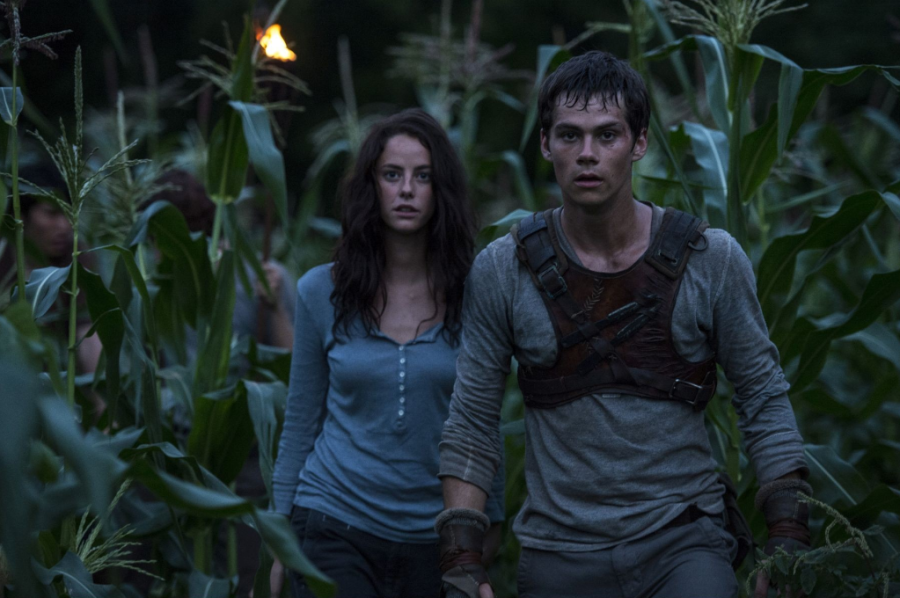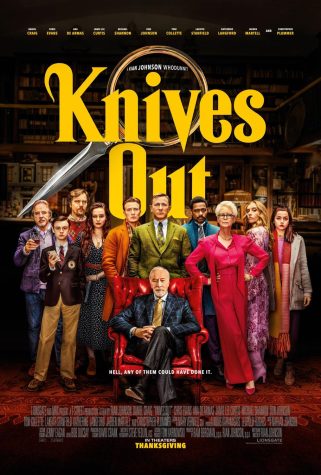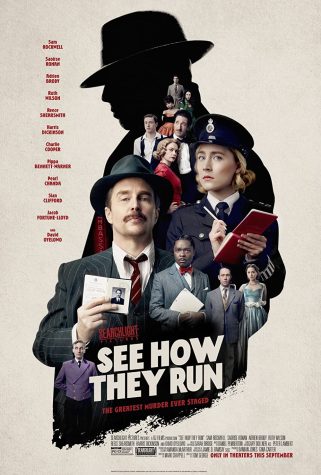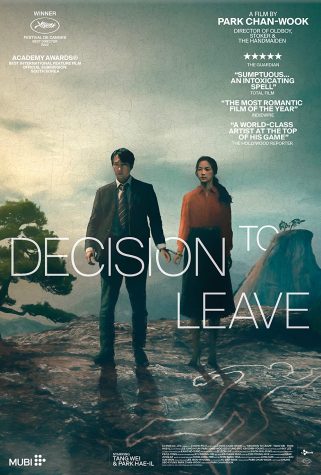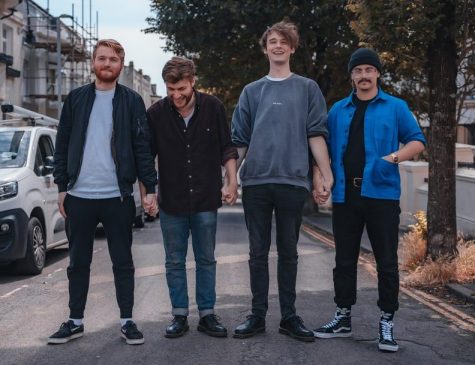The Maze Runner solves nicely, despite straying from the text
Following the knowledge of main character Thomas, The Maze Runner darts, tucks and rolls through fantastic chase scenes, intriguing schematics, and agonizing betrayals.
The film begins as confused as the memory-ridden boy, tracing his traumatic ascent from a mysterious elevator into his emergence in wilderness, quickly accustoming to the survival with the band of men his age.
Their leader, Alby, tells a synopsis of why they’re here: a mysterious organization dubbed W.C.K.D. plucks a human and supplies to their wall-encompassed land every month.
One wall opens at dawn and closes at dusk, unveiling a maze and allotting time for select “Maze Runners” to map the path and hopefully deduce a passage out. And, like any teenager-versus-creepy-society movie, W.C.K.D. has monsters: half-organic, half-robotic monsters called Greivers that stalk the maze at night (Yes, they have poison stingers and yes, the kids fight them. Hold on).
The composition of adventurous teenagers, creepy walls, arachnid-robots and Thomas’s flashbacks to the mysterious organization generates abundant room for entertainment as I experienced little boredom during the film. The Maze Runner also hones sublime symbolism, utilizing the maze, the sector of land, and various other instances to embody ideas and emotions.
I watched the movie without reading the novel, which probably benefitted my experience. Freshman Nataleigh Dupler said, “It was nicely-made, but it was nothing like the book.” After the movie, disgruntled viewers could be heard complaining, “That wasn’t in the book. That wasn’t in the book. That wasn’t in the book!”
The Maze Runner will not disappoint adrenaline-loving fans of mystery and action. It compiles impressive acting, delightfully terrifying enemies, enthralling lore, and an immersive soundtrack for a grand production, dampened only by too many creative liberties.


